Brew Your Own Clothes
Kombucha is an acquired taste. As you may know, it’s really not everybody’s cup of tea. But its enjoying quite a moment. We see it in a whole range of drinks these days, in supermarkets and the healthier sorts of cafes. It even has its own extremely popular hashtag on Instagram, highlighting this fizzy, whizzy drink which brings untold good health to our guts. Fermented foods in general are all the rage, from pungent-smelling kimchee pickles or sauerkraut to sourdough bread, which is made from a fermented yeast mother particularly popular in certain hipster bakeries. If it’s fermented, we are told, it’s good for us.
What is slightly less known is that the same heady fermentation of yeast, bacteria and sugar can combine to create a form of textile – one that is inherently sustainable and not just biodegradable but as compostable as your fruit and vegetable peelings. Never mind brew your own beer, if you have a spare bathtub, you can actually brew your own clothes, using a base of tea, yeast, sugar and a type of vinegar which, in a short time will begin to ferment and grow a think ‘scoby’ layer which, after about two weeks is substantial enough to be removed from the bath and dried out so that the moisture evaporates, leaving behind a leather like material which can be sewn, dyed (it takes dye like natural indigo very easily, a matter of a single dip to achieve a beautiful dark blue) and fashioned into an item of clothing.
It’s not quite as crazy as it seems. The pioneering British textile designer Suzanne Lee has been experimenting with growing kombucha-based textiles for years. She’s grown ‘leather’ biker jackets, delicate little waistcoats with frilly sleeves, and seamless dresses made by shaping the material around a mould and as it dries, it takes on the same form. The biggest challenge is that it is not water proof, and will dissolve not so much as if you wear it in the rain, but even if it comes in contact with sweat. But even that is an interesting concept, brining into question our relationship with fast fashion – these could be clothes that might be worn a few times and then used to fertilise the garden and even grow your own vegetables.
Lee’s experiments take the idea of haute couture to a whole new dimension, with the potential to mould clothes to the body, literally like a second skin. In 2003, Lee, who was a researcher at Central Saint Martins in London, coined the phrase “biocouture” and in 2012, she set up her consultancy, also called Biocouture, with a view to advising brands and bringing her experiments to the mainstream fashion and textiles industry.

Modern Meadow reveals its first generation of Zoa biofabricated leather materials to world’ / via zoa.is
Back in the early 2000s, when the fashion and textile industry wasn’t quite as tuned into the issues around waste, synthetics pollution and the challenges of cotton farming (see my previous posts), Lee’s experiments were seen by many as a little abstract – an academic research project mixing art, textiles and biology. But the possibilities of materials that are grown in a lab (or a bathtub) are now being seen as many in the industry as the future. Lee is now the Chief Creative Officer of a hugely influential and innovative venture-capital financed biotech start up called Modern Meadow, based in New Jersey. There, she is busy working alongside scientists, biologists and technologists on brewing up collagen based textiles that have the potential to change the way clothes are made – moulded, injected and poured rather than stitched – and the way we consume and dispose of our clothes. They created a prototype T-shirt for the last year’s ‘Is Fashion Modern?’ exhibition at New York’s MOMA with blobs black and white ‘leather’. Their work is still in research stage but looks set to be used as an experiment in the luxury fashion sector before it becomes a cost effective material to revolutionise the environmentally disastrous world of single-wear fast fashion.
As well as yeast-based textiles, there are other grow your own options. Tomato and strawberry plants are a useful source of vitamins, but so too, their roots can be grown into intricate patterns reminiscent of lace and paper doilies so you could, in effect, grow your own decorative elements for your kombucha dress. At the Victoria & Albert’s recent Fashioned From Nature exhibition in London there was a beautifully intricate lace dress on display that was grown by the Netherlands-based artist Diana Scherer. Rootbound #2 was an art piece that showed how plant roots can be manipulated to grow into patterns so regular and consistent, they look like as though they have been made by machine. Fascinated by the exposed roots of pot-bound plants, she started to experiment with ways to ‘weave’ the roots as they were growing underground. As well as dresses, she has made carpets and wall hangings, finding ever more intricate and rhythmic ways to train or ‘domesticate’ wild roots into delicate decorative pieces. Like yeast-brewed textiles, the challenge is how durable these grown textiles are. Whether bio-lace makes its way out of the gallery and into our wardrobes remains to be seen.
To see Suzanne Lee talking about her “biocouture” experiments watch her TED Talk, Grow Your Own Clothes





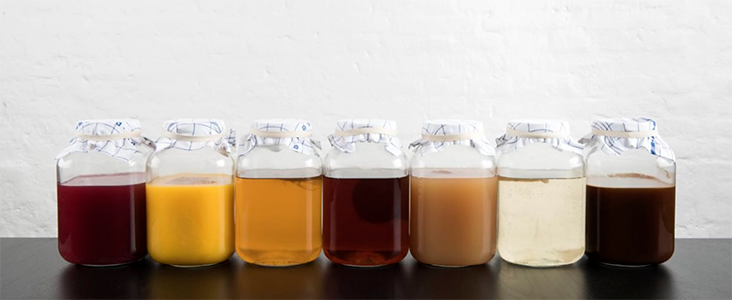
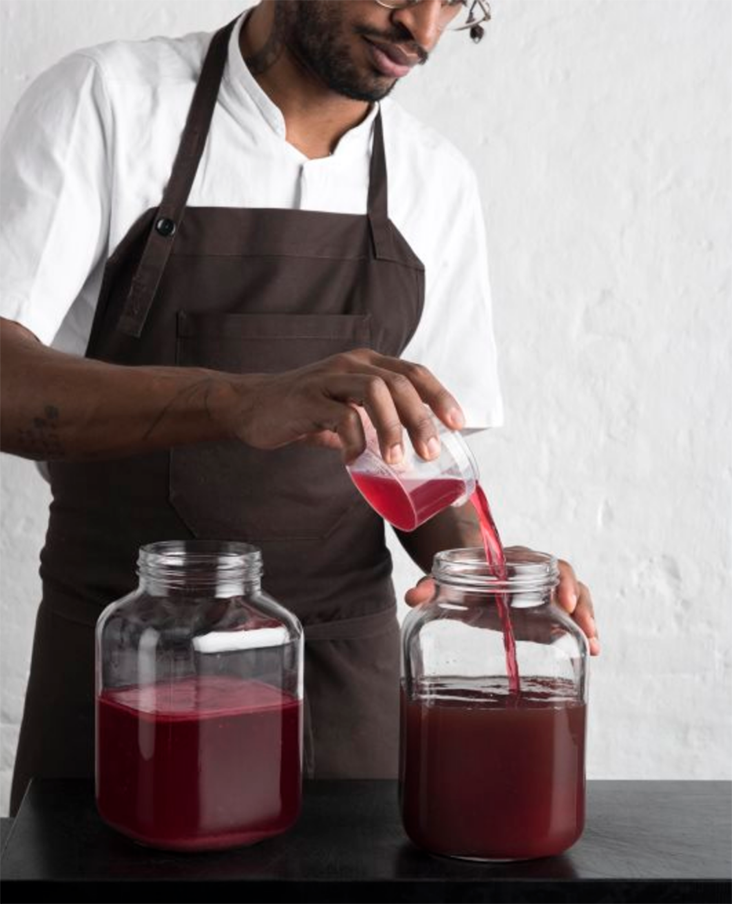
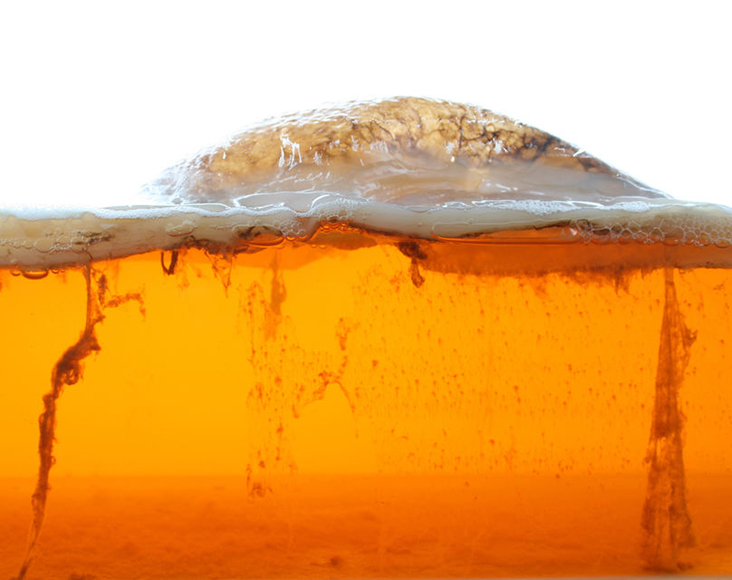
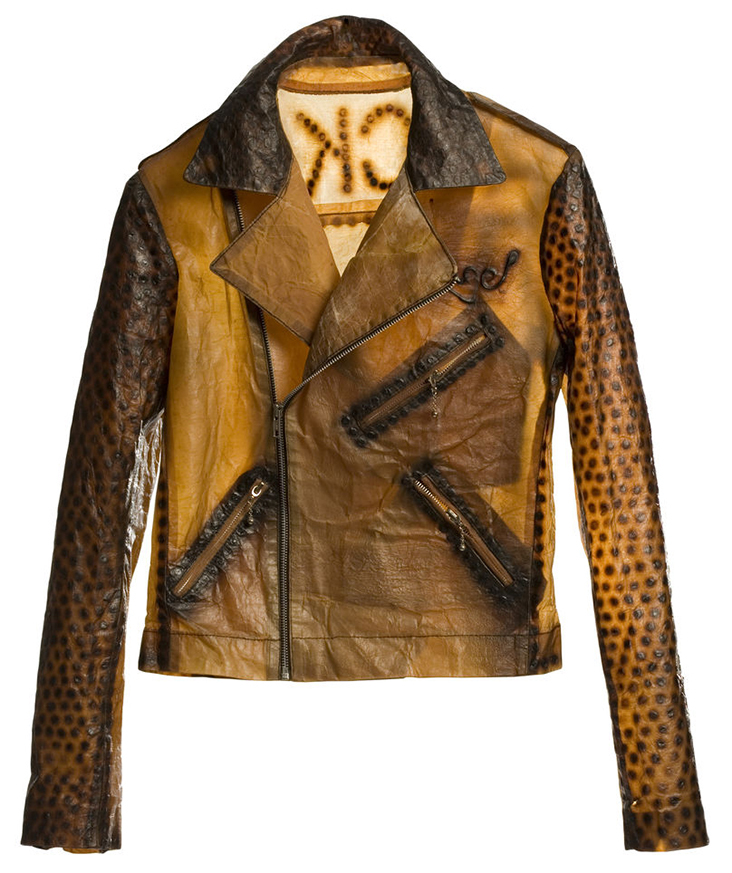
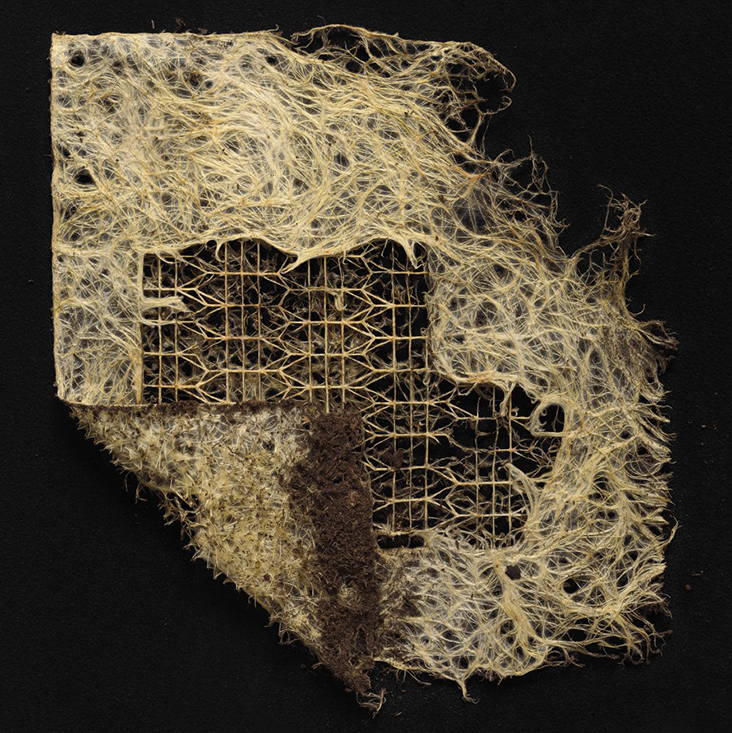





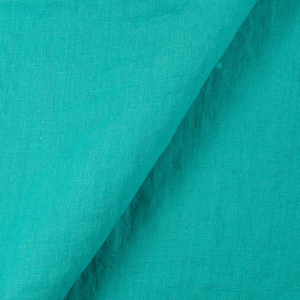


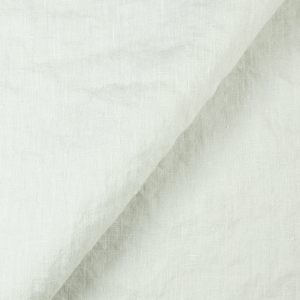

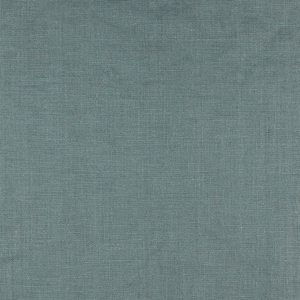






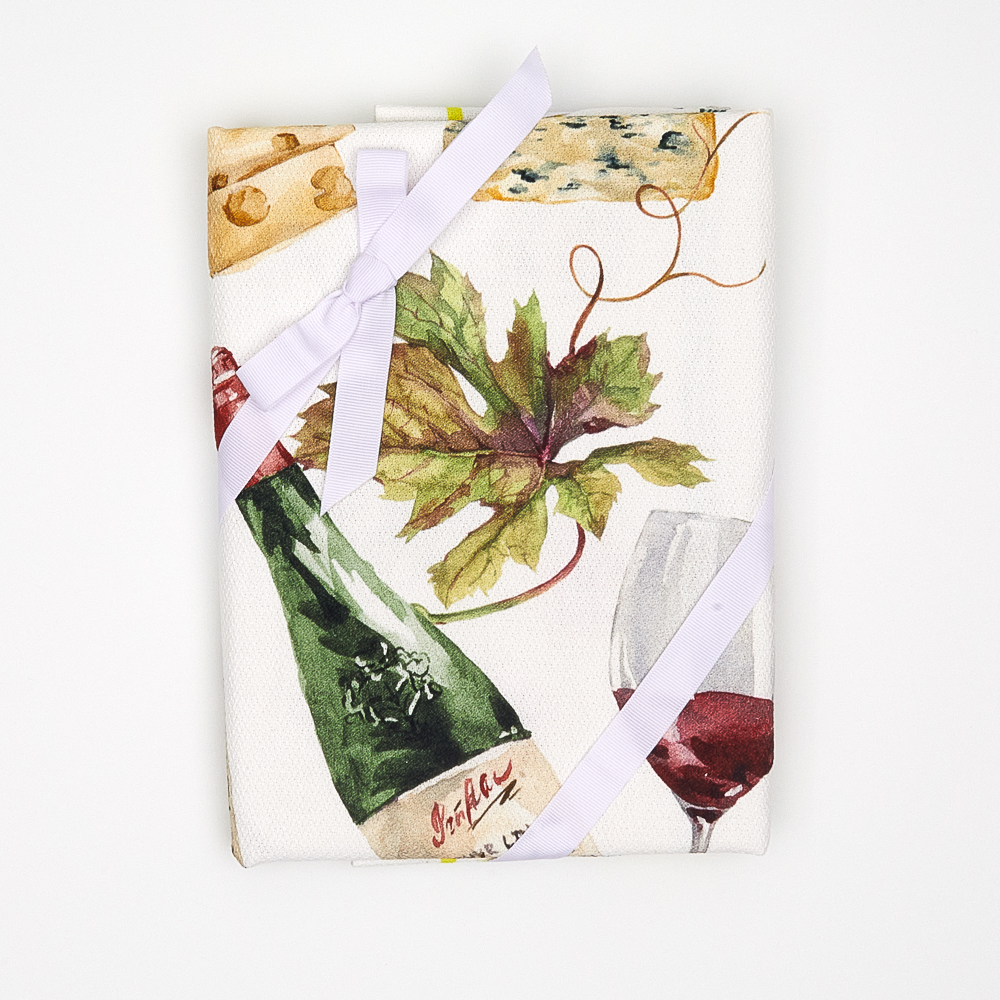






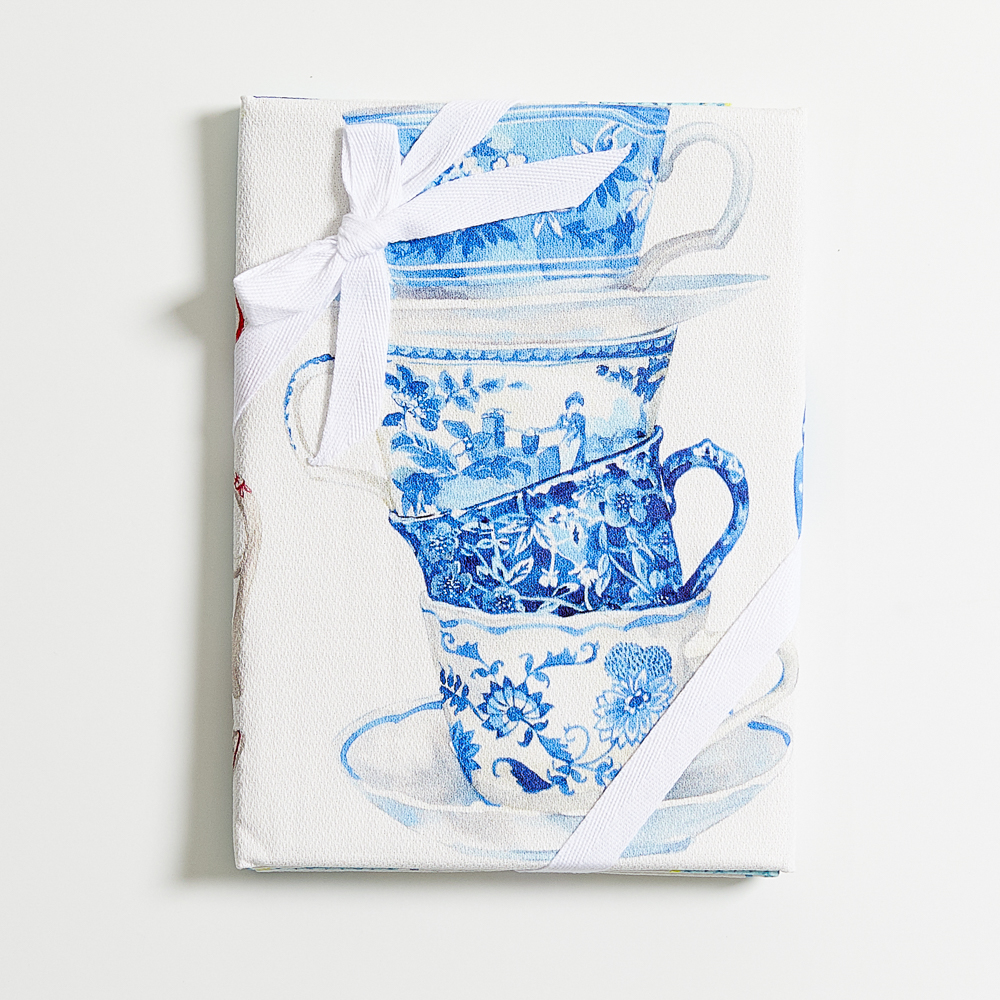






Leave a comment